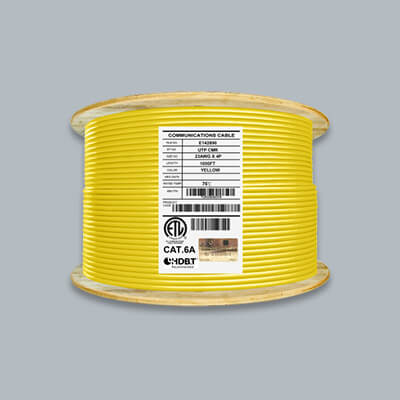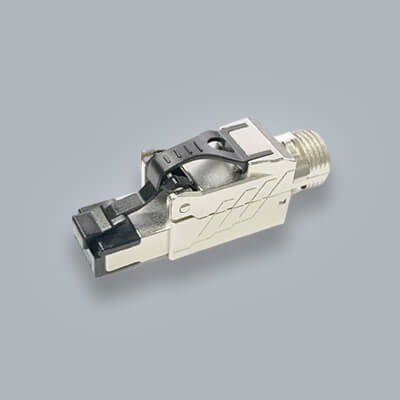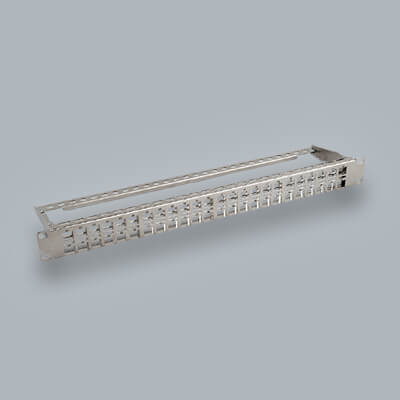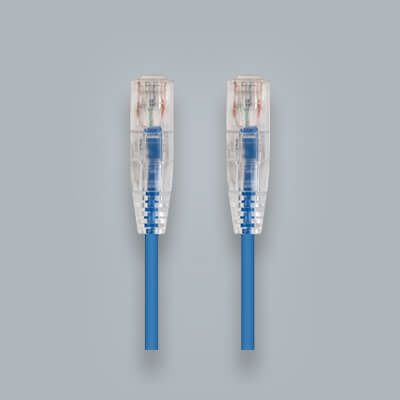Running Cat6 Cable Outdoors

Running Cat6 Ethernet cable outdoors can significantly boost your home network's performance, extending reliable connectivity to sheds, garages, security cameras, and more. Choosing the optimal path for outdoor Cat6 cable requires careful planning to ensure both performance and longevity.
1. Choose the Shortest and Most Direct Route
Always choose the shortest possible route between your network source (router or switch) and the endpoint (camera, office, garage). Shorter cable lengths save cost and ensure stronger signals and fewer points of failure.
If you need shorter length cables, consider patch cables or 250ft length outdoor cables.
2. Plan for Protection and Ease of Maintenance
Select a route that protects the cable from sunlight, rain, ice, and physical damage. Ideally, run your cable along eaves, under soffits, or through conduit for protection and ease of access.
If you require a longer cable run, bulk Cat6 cable supports lengths of up to 328 feet (100 meters), ideal for extensive outdoor installations.
3. Use Conduit for Enhanced Safety
Conduit is essential for protecting outdoor Cat6 cables. Opt for UV-resistant PVC or metal conduit to shield cables from environmental damage. For underground installations, use direct burial-rated Cat6 cable or conduit.
For exposed outdoor installations, select a high-quality Cat6 UV-rated cable, suitable for both indoor and outdoor use.
4. Try To Avoid Electromagnetic Interference (EMI)
Maintain at least a 12-inch gap between your Cat6 cable and power lines, transformers, fluorescent lighting, or motors to minimize EMI. For additional protection, consider using Cat6 Shielded Outdoor cable.
5. Plan for Entry Points
Choose your cable entry points carefully. Drill holes slightly downward from outside to inside to prevent water entry. Use weather-resistant cable glands or entry boxes sealed with silicone caulk for a watertight seal.
6. Regular Inspection and Maintenance
Regularly inspect your outdoor Cat6 cable and conduit for wear or damage. Early detection can prevent costly repairs and network downtime.
Looking for outdoor rated cables make sure to shop for Cat6 cable for external use.
Disclaimer: This article is for informational purposes only. Consult a licensed electrician or network installation professional before beginning outdoor cable installations.





